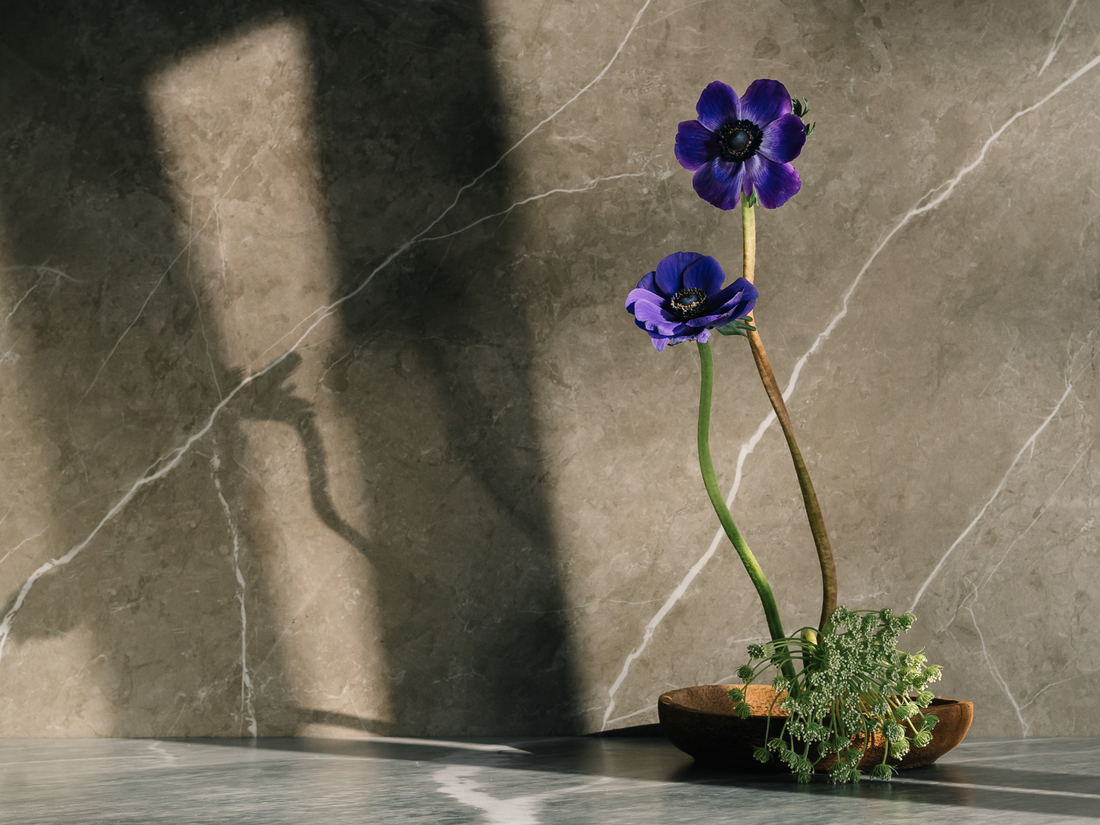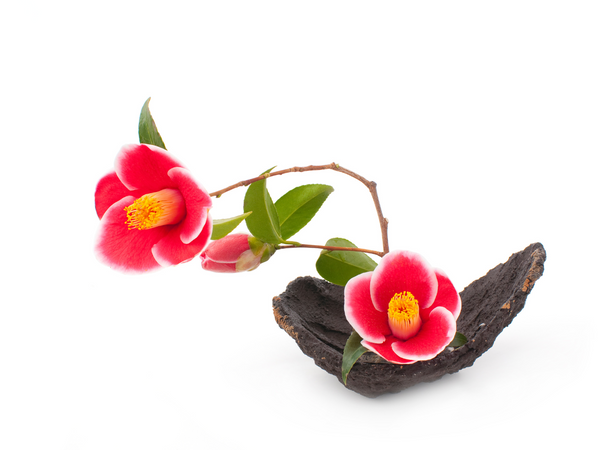
Chanelle Adams – A Plant Lover’s Journey Through Research and Art
Chanelle Adams, an artist, researcher, and writer, combines her passion for plants with her deep intellectual curiosity. From childhood memories

The goal of minimal arrangements is to highlight a specific feature of the flower or branch material by removing all distractions, allowing the natural beauty to shine through. Let’s dive into the step-by-step process of creating these elegant and harmonious arrangements.
When creating a minimal ikebana arrangement, the first step is to carefully select a specific feature of the flower or branch material that you want to highlight. It could be an unusual color of a leaf, a beautiful shape of a branch, or an intriguing texture. This feature will be the focal point of your arrangement.
To draw attention to the chosen feature, it’s essential to remove all other distractions from the arrangement. This means trimming away any unnecessary leaves, flowers, or branches that might compete for attention. By doing so, you create a clean and elegant canvas for your main feature to shine.
Minimal ikebana arrangements work best with simplicity. To maintain the focus on your chosen feature, limit your materials to just one or two types. Using fewer materials allows for a more harmonious and impactful arrangement.
The essence of ikebana lies in celebrating the natural beauty of plants. Keep this in mind as you create your arrangement, and let the unique characteristics of the materials guide your design. Allow nature to speak through your work, embracing its imperfections and asymmetry.
Select a container or vase that complements your minimal arrangement rather than overpowering it. The vessel should harmonize with the overall aesthetics and not steal attention from the main feature. Earthy tones and simple designs often work well with minimal ikebana.
Kenzan, also known as a floral frog, is a metal device used to hold stems in place. Whether you choose to use a kenzan or not depends on the shape of your vase. If the vase has a narrow opening, a kenzan might be necessary to stabilize the stems. However, make sure the kenzan is not visible in your final arrangement’s photo.
Before you start cutting back and arranging your materials, take a photo of them in their original state. This “before” photo will help you visualize the changes you make during the process, allowing you to appreciate the transformation from the initial arrangement to the final minimal masterpiece.
Creating minimal ikebana arrangements is a delightful way to explore the essence of each flower and branch. By stripping back the material to highlight a specific feature and eliminating distractions, we allow the natural beauty to take center stage. Remember, simplicity and harmony are key to these graceful arrangements.

Ready to practice Ikebana online with people from all over the world? Join our Ikebana Online Club, where you can explore various themes and techniques, share your creations, and connect with fellow enthusiasts. Unleash your creativity and discover the meditative joy of crafting minimal ikebana arrangements. Join us today.

Chanelle Adams, an artist, researcher, and writer, combines her passion for plants with her deep intellectual curiosity. From childhood memories

From the world of high fashion to the art of floral design, Kelly Ekardt has carved a unique path in